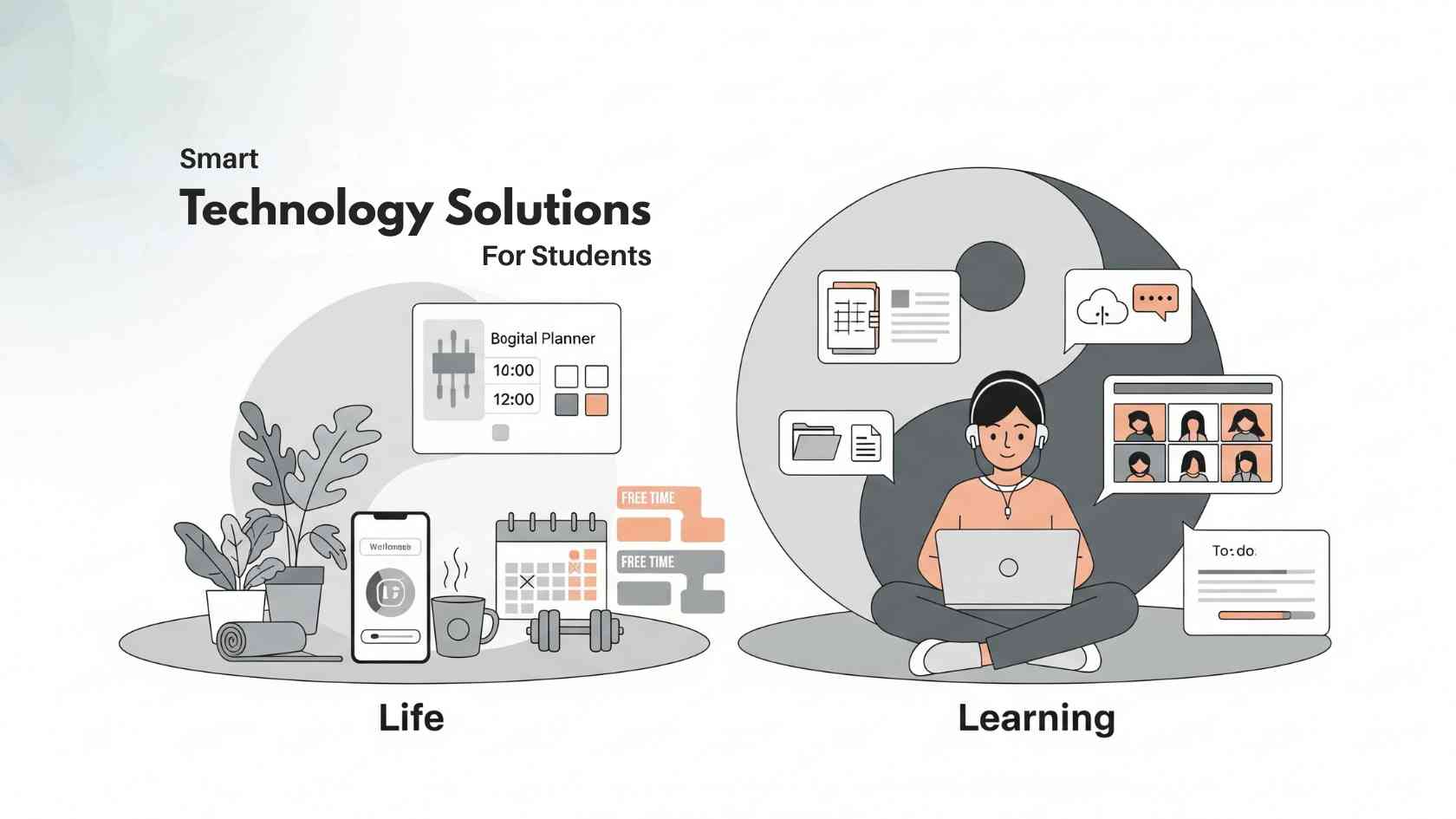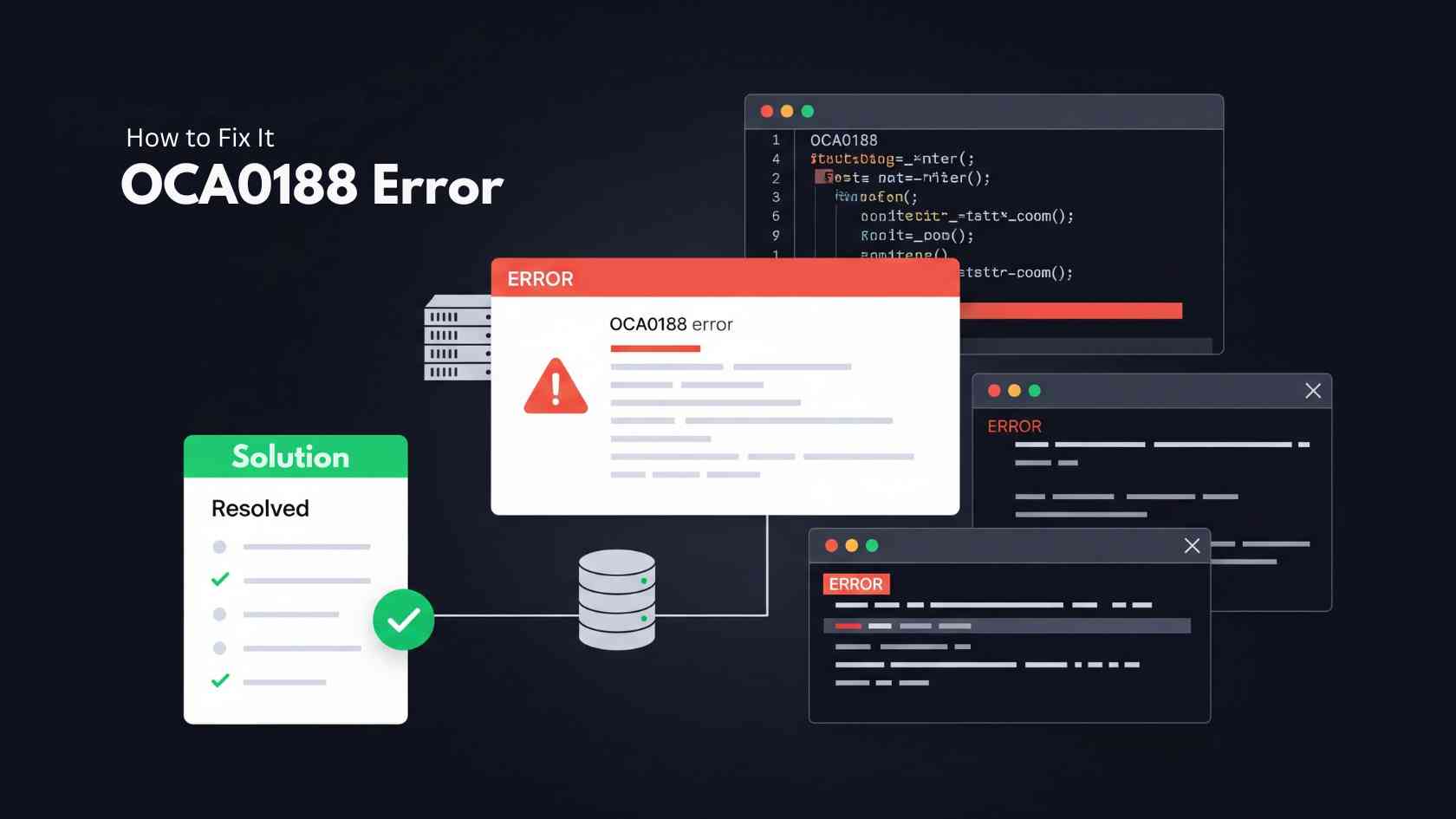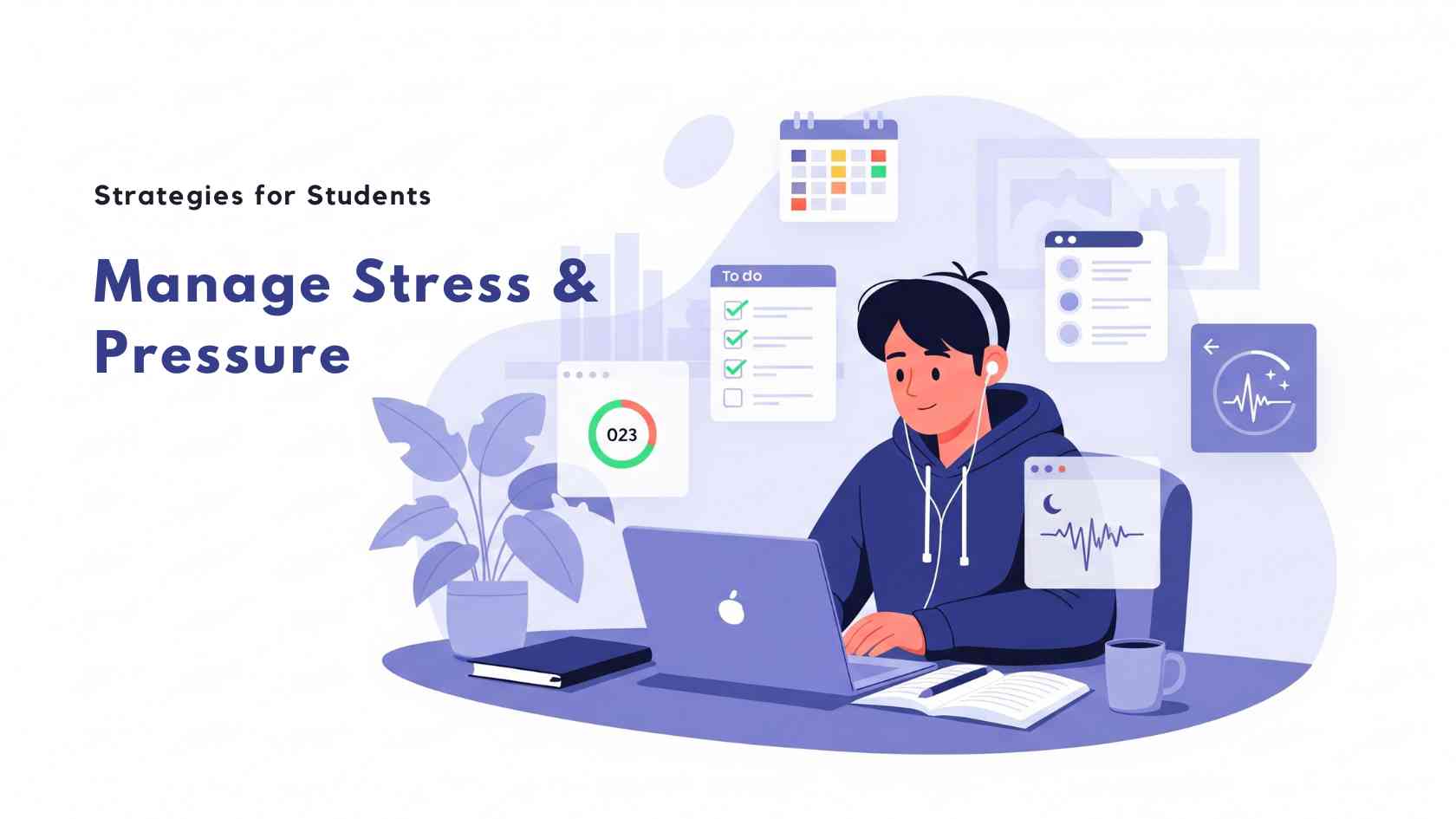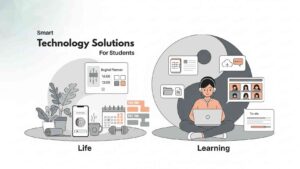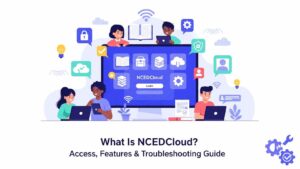A grade on a screen is only one aspect of assessments. They can show students where they need to improve or reassure them that they are on the correct path. They can also help trainers and educators understand what is truly being absorbed. However, poorly constructed examinations waste time, annoy students, and fail to measure anything of value.
Making quizzes is now simpler than ever, thanks to the growth of internet quiz tools. However, efficacy and convenience of use are not synonymous. The learner’s experience, the clarity of your information, and the intended use of the results are all important considerations when developing online tests that provide genuine value.
The ten recommended practices listed below will assist you in creating tests that are impartial, interesting, and actually helpful.
Best Practices for Creating Effective Online Quizzes
1. Begin With Clear Learning Goals
Are you checking basic recall? Do you want to measure whether learners can apply knowledge to new situations? Or is this about diagnosing gaps for future teaching? Goals act as the compass that guides everything else in the quiz.
Before you start writing, decide on the goal of the assessment you want to achieve. Are you checking basic recall? Do you want to measure whether learners can apply knowledge to new situations? Or is this about diagnosing gaps for future teaching? Having specific goals helps maintain focus.
For instance, a scenario-based inquiry works better than a straightforward multiple-choice question if your goal is to verify if students can apply a concept.
However, brief and straightforward questions will suffice if you only need a quick knowledge check. Goals act as the compass that guides everything else in the quiz.
2. Keep the Structure Intuitive
It may sound boring to you, but it contributes to the comfort of a learner. If the review feels chaotic, an individual will lose focus before even thinking about the course content.
Place all related questions together so that they flow. Start with the quick ones to get the momentum going, and then move towards the harder items. Give your instructions upfront so your learners know what to expect; limit the number of questions so as not to overwhelm them. Research shows that shorter quizzes, when well-targeted, often deliver better engagement and more reliable results than sprawling ones.
Think of a quiz as a short story. It needs its beginning, middle, and end with implied progress.
3. Use Questions That Say Exactly What You Mean

Questions are the foundation of any form of assessment. The clearer the questions, the better the results. Do not try cutesy tricks with tricky phrasing. Put everything in simple terms, adhere to a single idea at a time, and avoid anything that confuses the learner.
Consider the difference between these two questions:
- “Which of these options is not an incorrect approach to…”
- “Which of these options is the correct approach to…”
The second version is easier to read, and learners will thank you for it. When people miss questions, it should be because they don’t know the material, not because they had to untangle the wording.
4. Add Variety With Question Types
Matching exercises check connections. Short answers or mini-essays allow learners to explain their reasoning. Quizzes utilizing multiple-choice questions soon become monotonous. In addition, they test only one form of knowledge: recognition.
Use an online quiz generator that allows you to mix response types to get a better grip on learning. Fill-in-the-blank requires remembering. Matching exercises check connections. Short answers or mini-essays allow learners to explain their reasoning. Scenario questions test the application of knowledge in real-world settings.
5. Balance Difficulty Levels
The most effective tests challenge students without becoming too much for them. They tune out if it’s too simple. They shut down because it’s too hard.
Starting with a few inquiries that will boost your confidence is one method to strike a balance. Introduce increasingly complex problems that call for more in-depth thinking once students are at ease. The most difficult questions should be saved for the middle or end, when students are warmed up but not exhausted.
Maintaining a balance of difficulty keeps students interested and results in a more accurate representation of their knowledge.
6. Design With Fairness and Accessibility in Mind

A good test should be helpful for all students, not just a few. Examples that rely on inside jokes, local cultural references, or specialized knowledge should be avoided. Make sure the language is suitable for the reader’s level.
Accessibility is also important. Students may use laptops, iPads, or phones. Some will use screen readers. Due to varying learning methods, others could require a longer time. Select a format that can accommodate these requirements whenever feasible. Verify that colors have adequate contrast, provide alternate text to photos, and give yourself some leeway with timing.
Fairness is not only morally right, but also proper. The findings won’t accurately represent what you intended to measure if your quiz panelizes some students.
7. Make It Relevant and Engaging
A quiz becomes an experience when it is relevant. Realistic circumstances are more likely to stay in your memory than abstract queries.
For example, instead of asking, “What is the definition of customer retention?”, you could ask, “Your company has noticed a drop in returning customers. This change makes it easier for students to apply the concept later on by connecting it to a real-world situation.
Including statistics or images can also be beneficial. A picture, diagram, or chart can make a question more memorable and vivid. Flashy gimmicks are not necessary for engagement. It entails creating tests that seem relevant to the learners’ everyday lives.
8. Provide Feedback That Teaches
The actual learning occurs when you receive feedback. A straightforward “right” or “wrong” is insufficient. Students must understand why a response was right or wrong.
You can include immediate feedback following each question in a lot of online quiz programs. A simple explanation such as “This is the correct choice because…” might transform an incorrect response into a teaching moment. Provide a synopsis at the conclusion of longer tests that highlights your strengths and potential areas for development.
The assessment has been successful when students leave with fresh perspectives.
9. Test Your Quiz Before You Publish It

Even the best writers miss things. A pilot run helps identify issues before launch. Give your test to a small test group or a coworker. Inquire as to what confused them, whether the directions were understandable, and whether the level of difficulty seemed reasonable.
Examine their outcomes as well. You should revise the question or go over the way the material was presented if several people ask the same question. Making minor changes today can help avoid more serious issues later.
10. Review Data and Improve Over Time
Assessments are not one-time creations. After learners complete your quiz, analyze the results. Which questions did most people miss? Which ones were too easy? Did many learners drop off before finishing?
This information is priceless. Use it to improve your instructional materials, modify the difficulty of your questions, or both. It should be a continuous process. Your evaluations get more accurate, equitable, and valuable with each cycle of development.
Also Read: Why Take a Health Care Career Quiz?
Conclusion: From Assessment to Learning Opportunity
When you create online assessments with purpose, clarity, and care, they become more than checkpoints. They turn into opportunities for learners to reflect, grow, and apply what they know.
Begin small. Modify an already-existing quiz by adding a scenario, rephrasing a perplexing question, or including comments. These changes pile up over time. As a result, students view the exam as a tool that will help them achieve rather than a barrier. Your online tests will work at that point.


